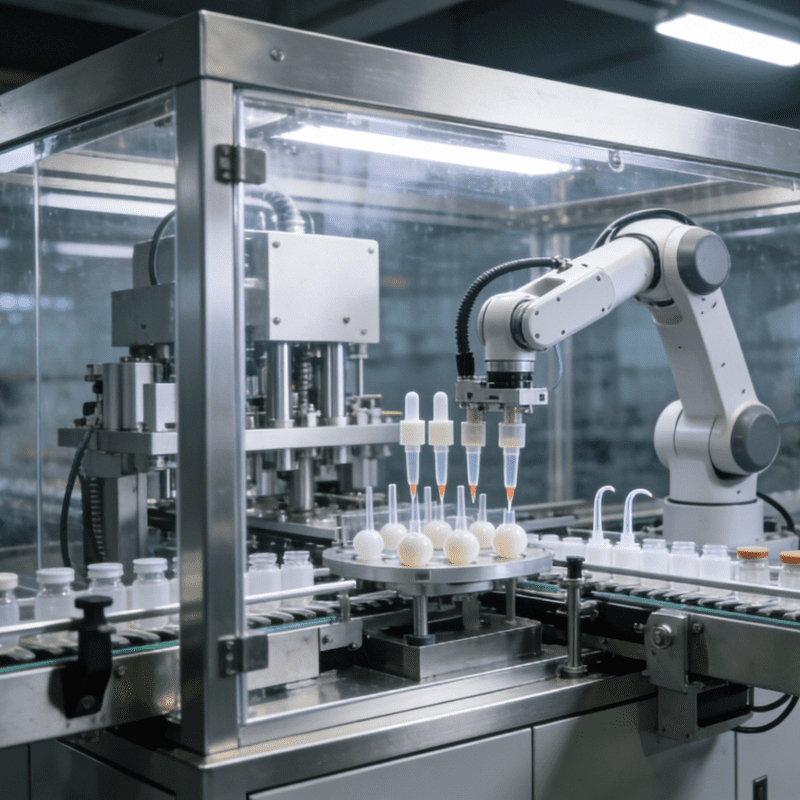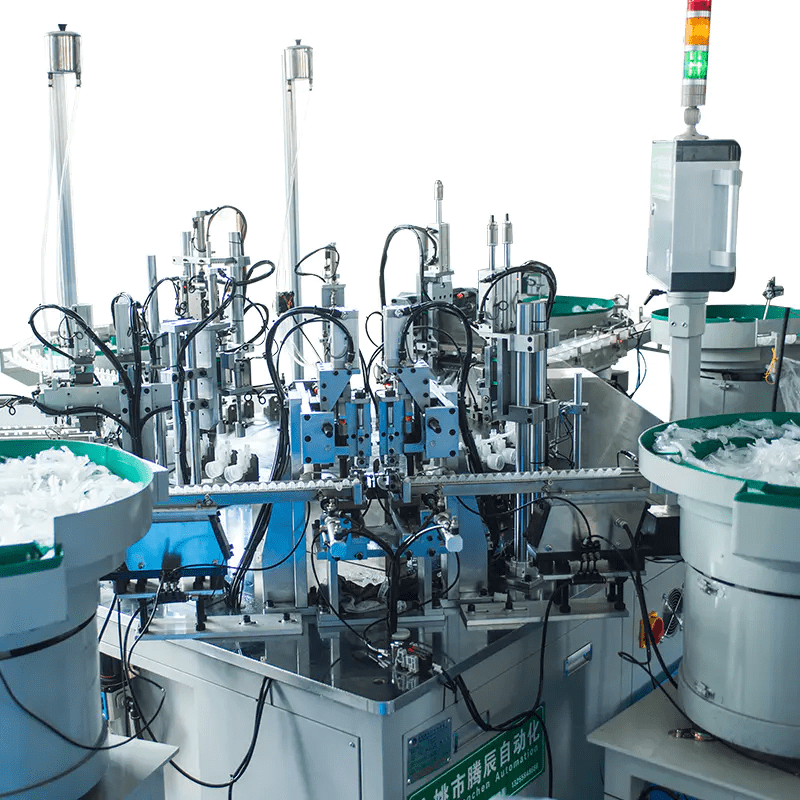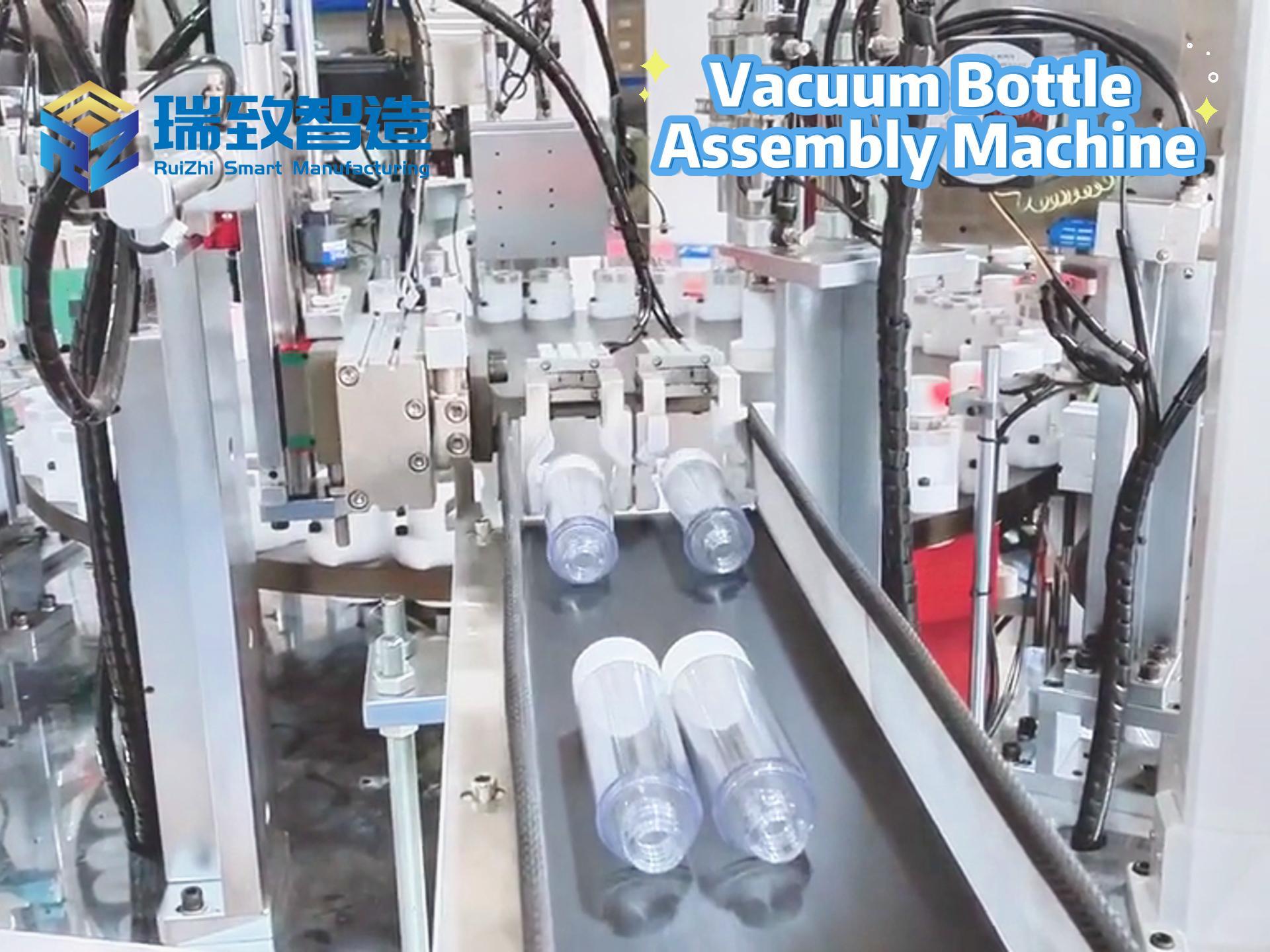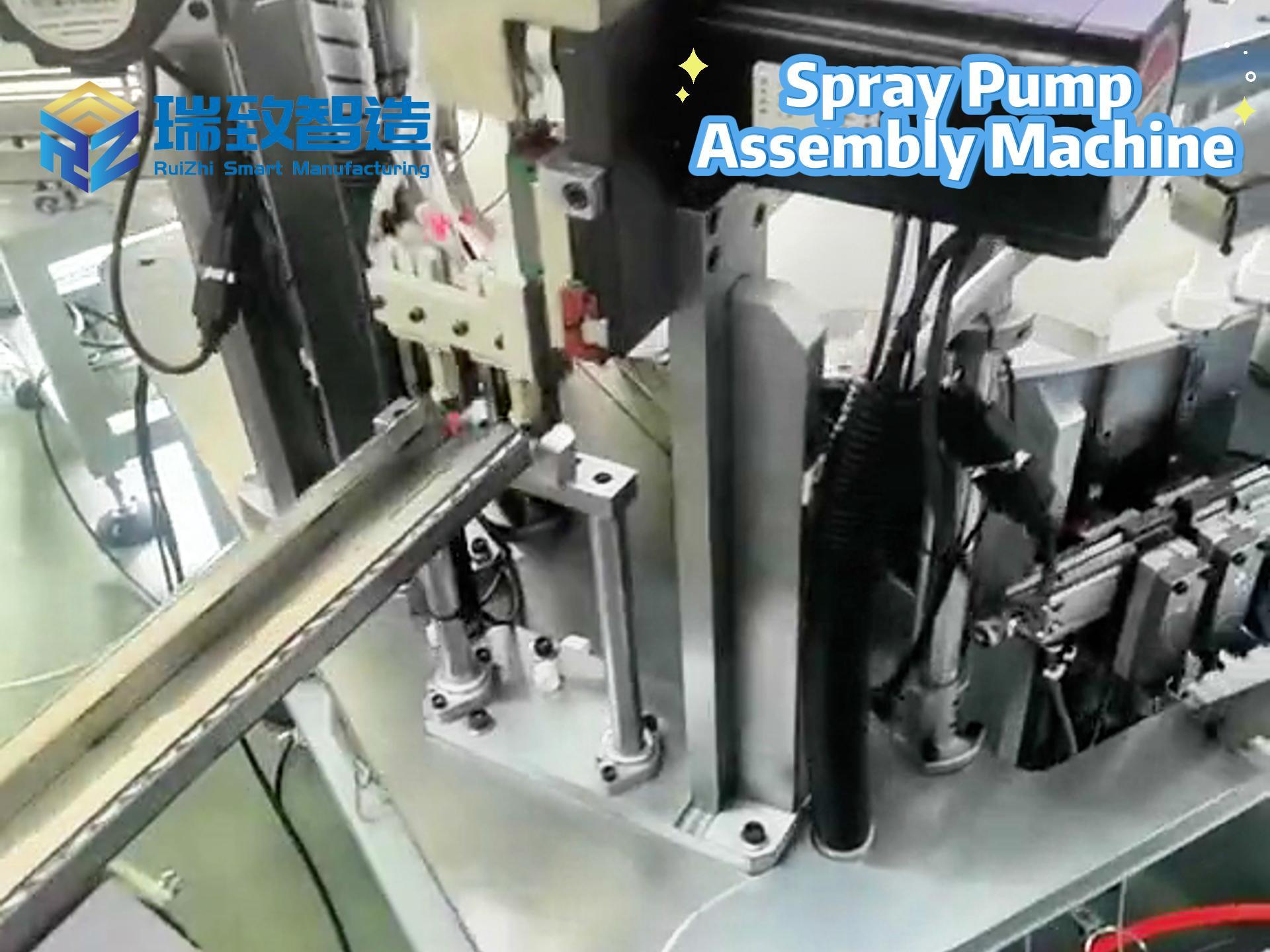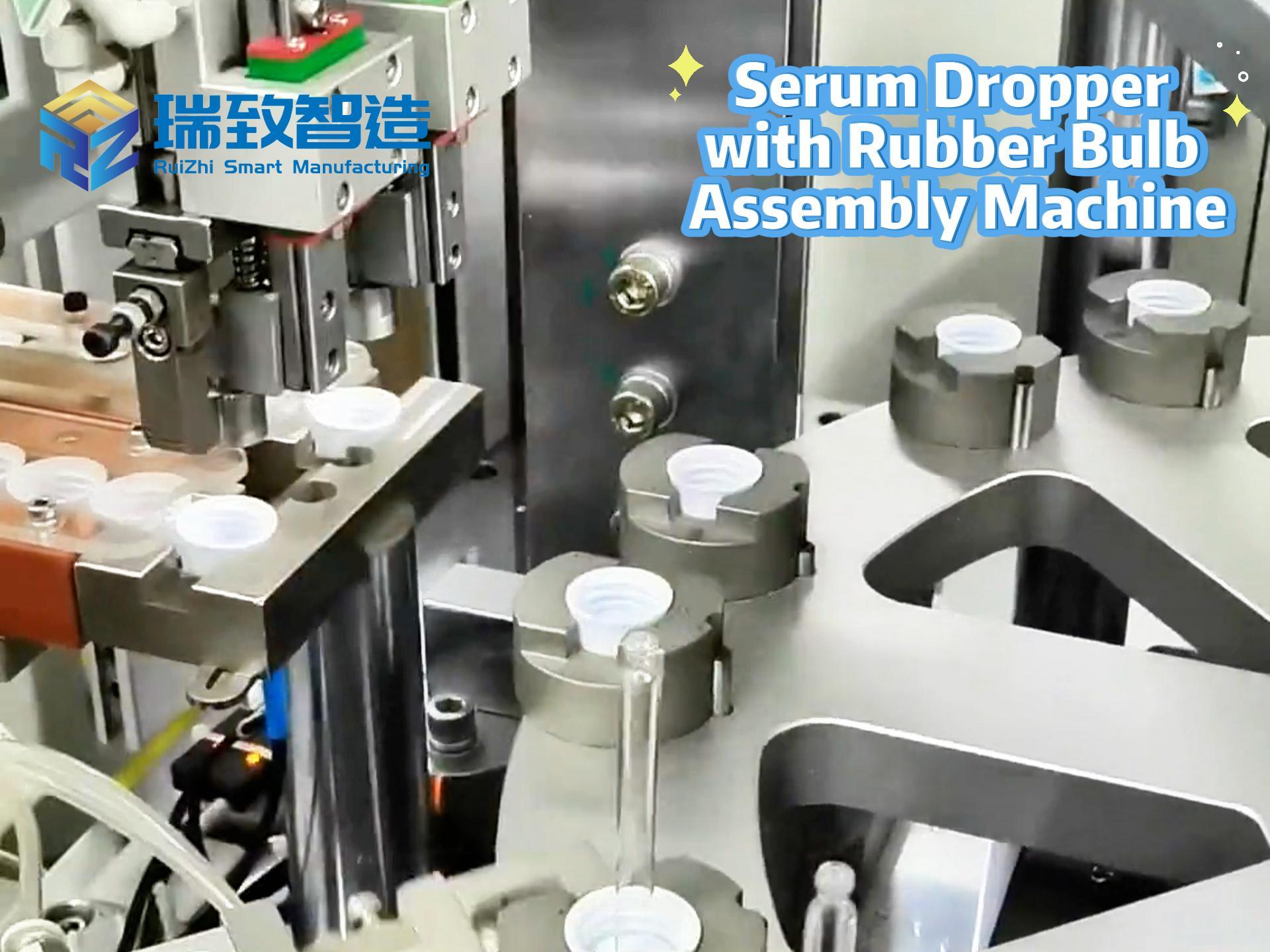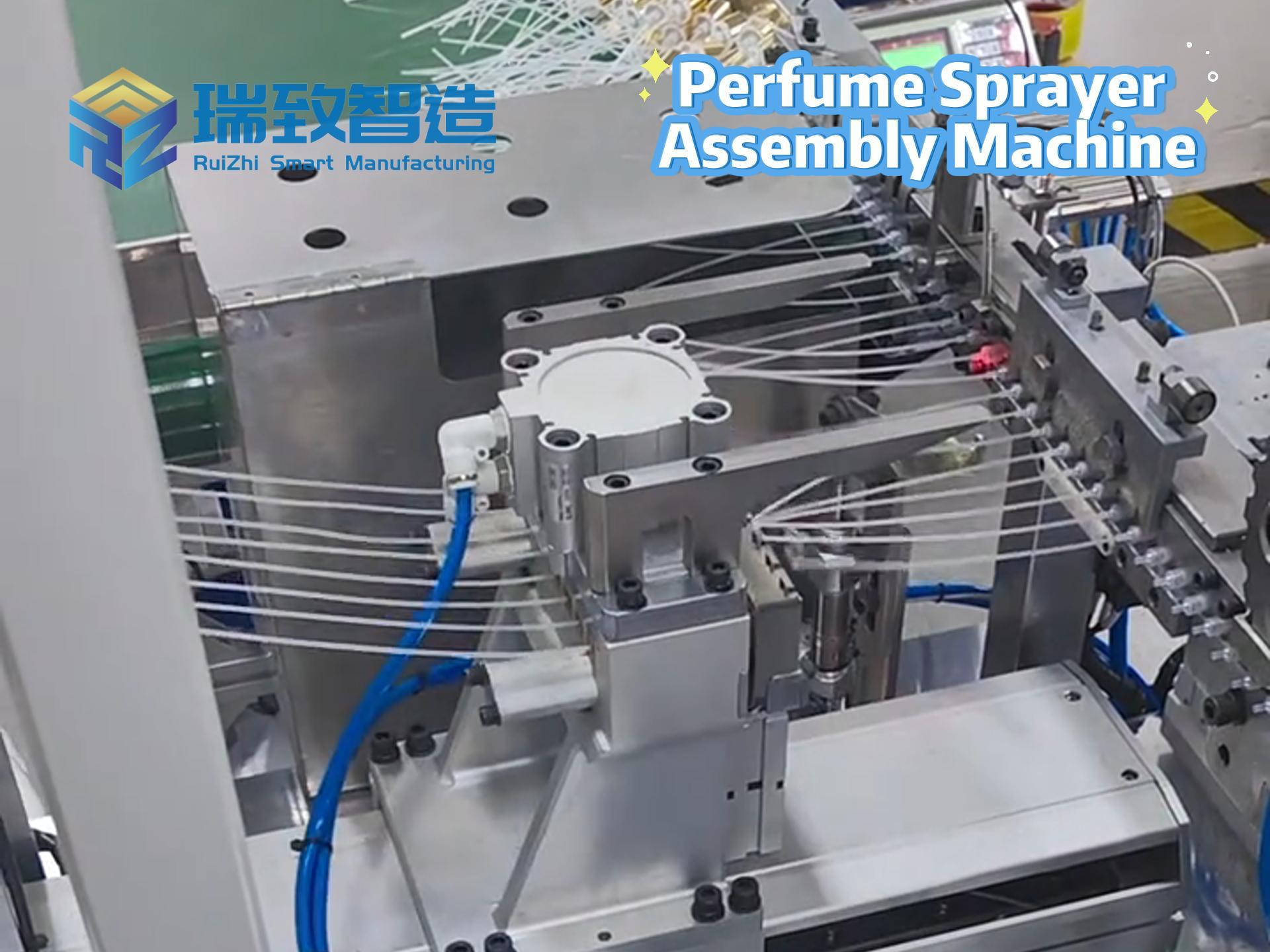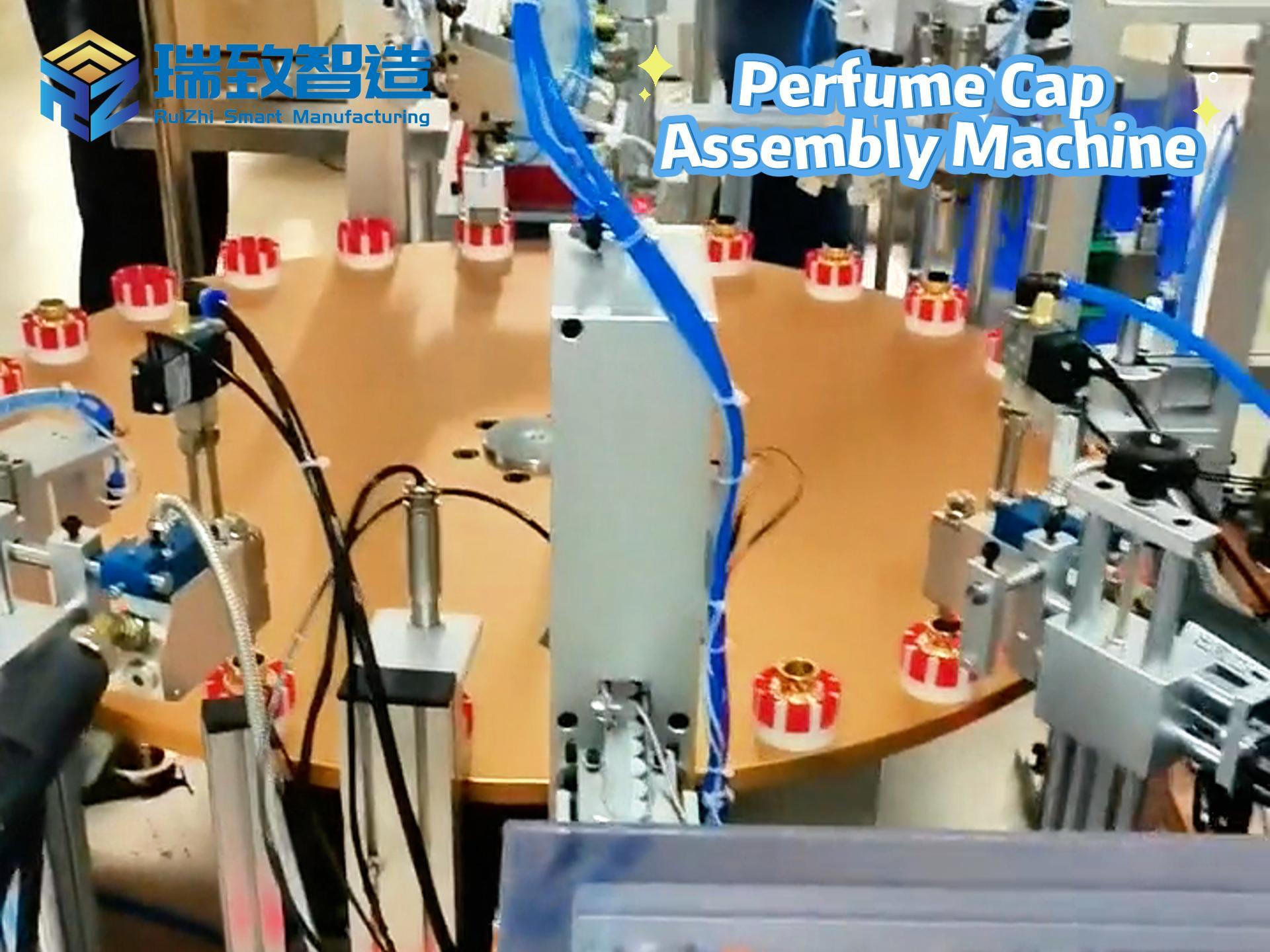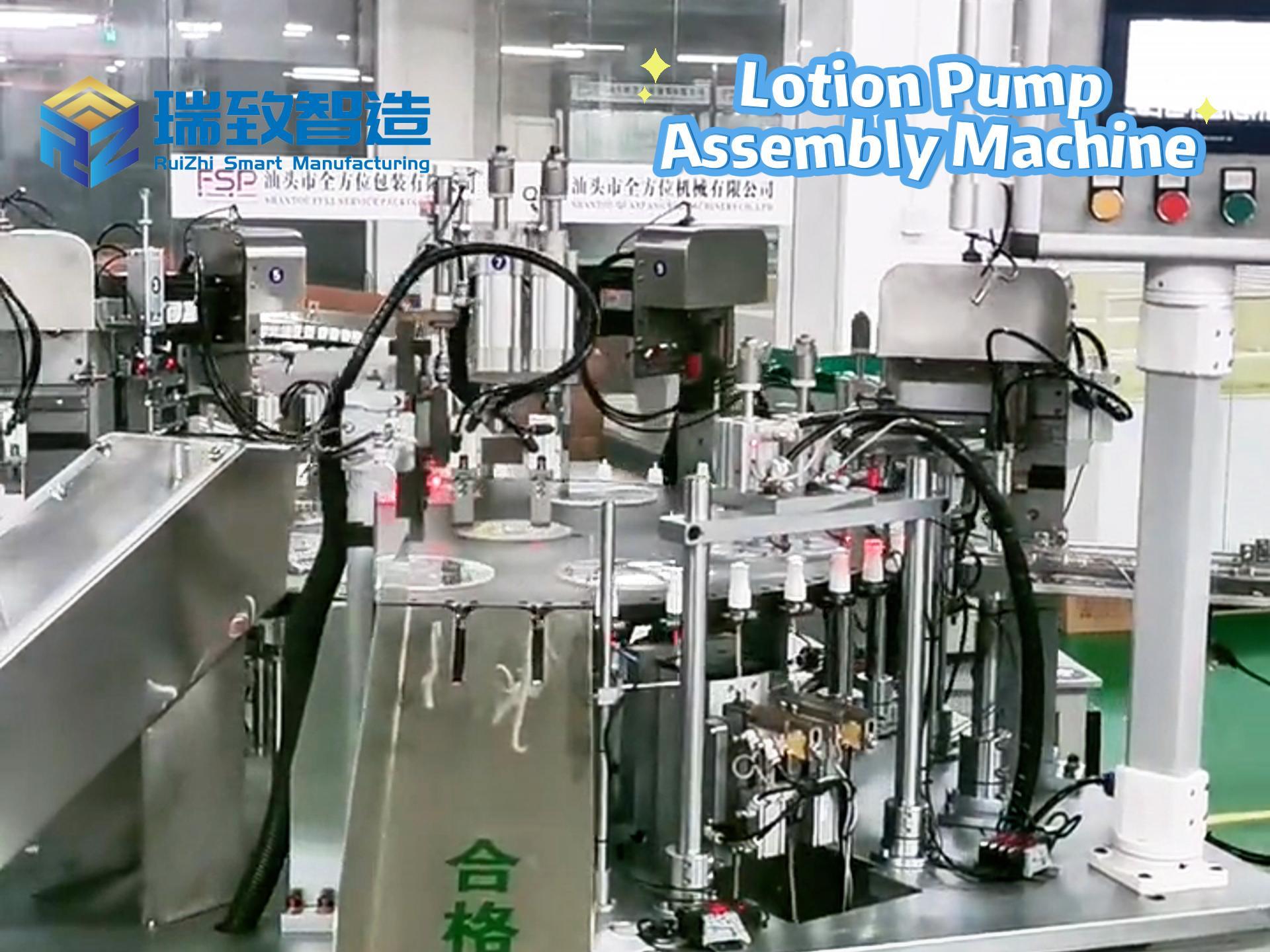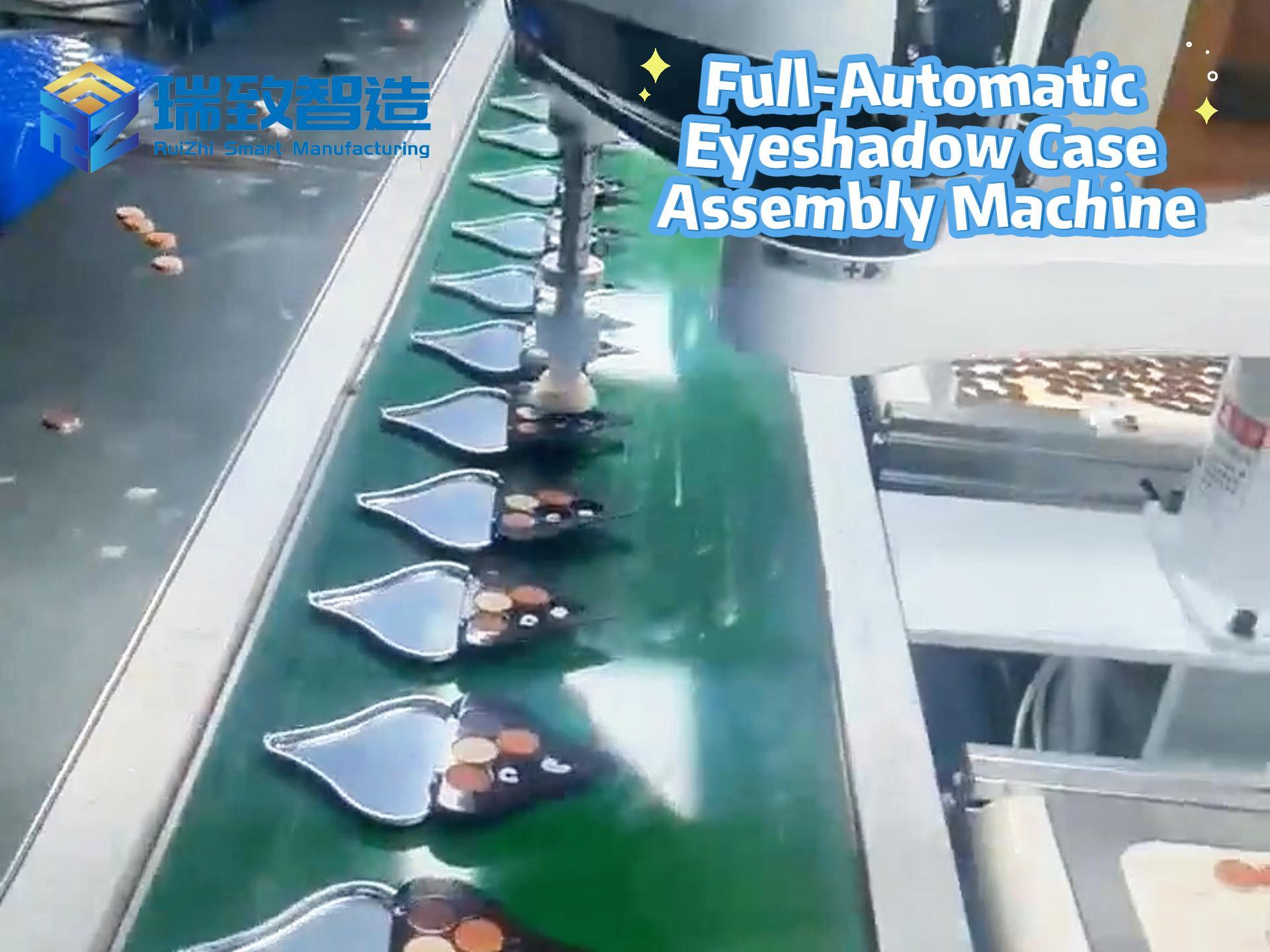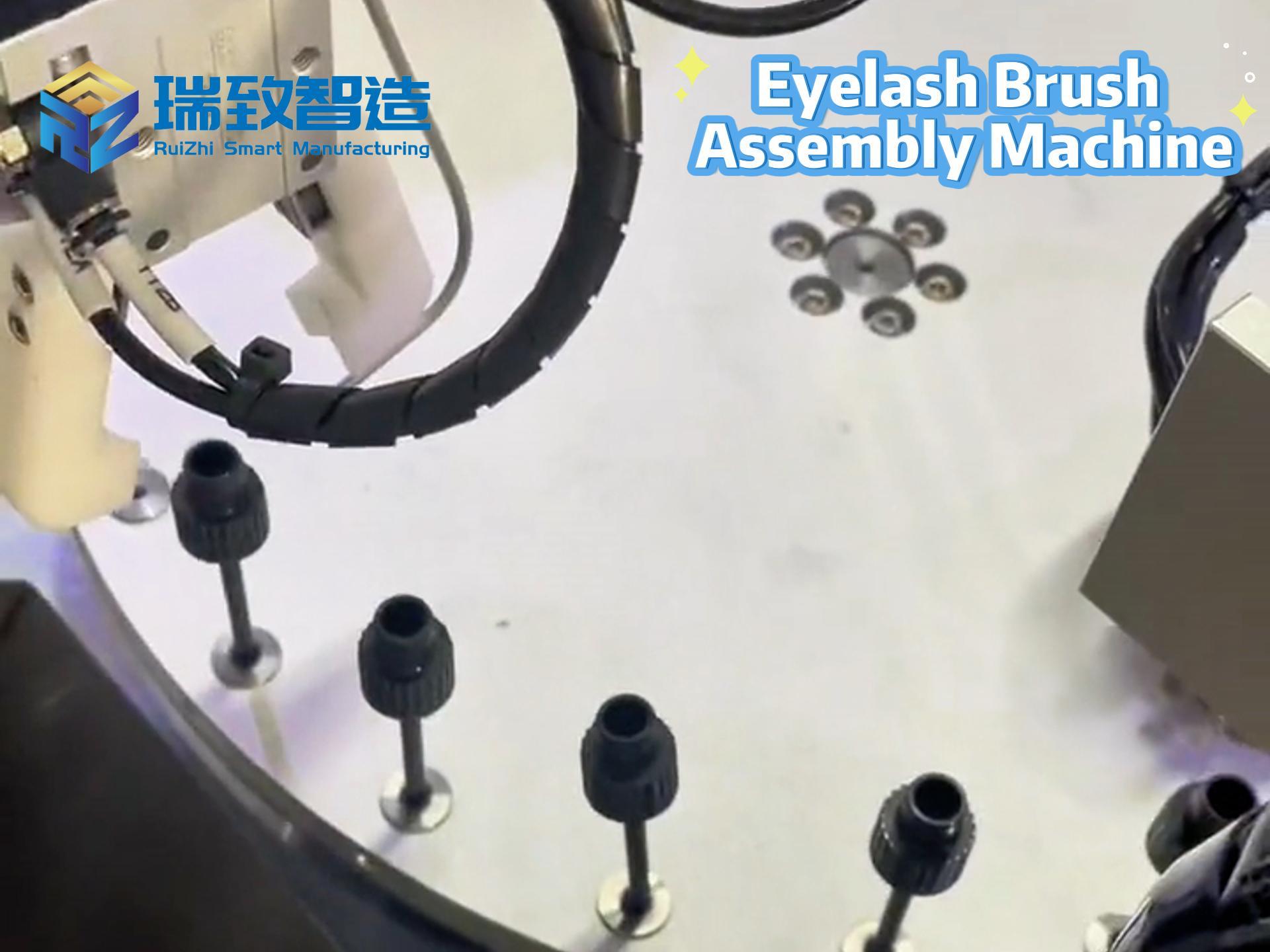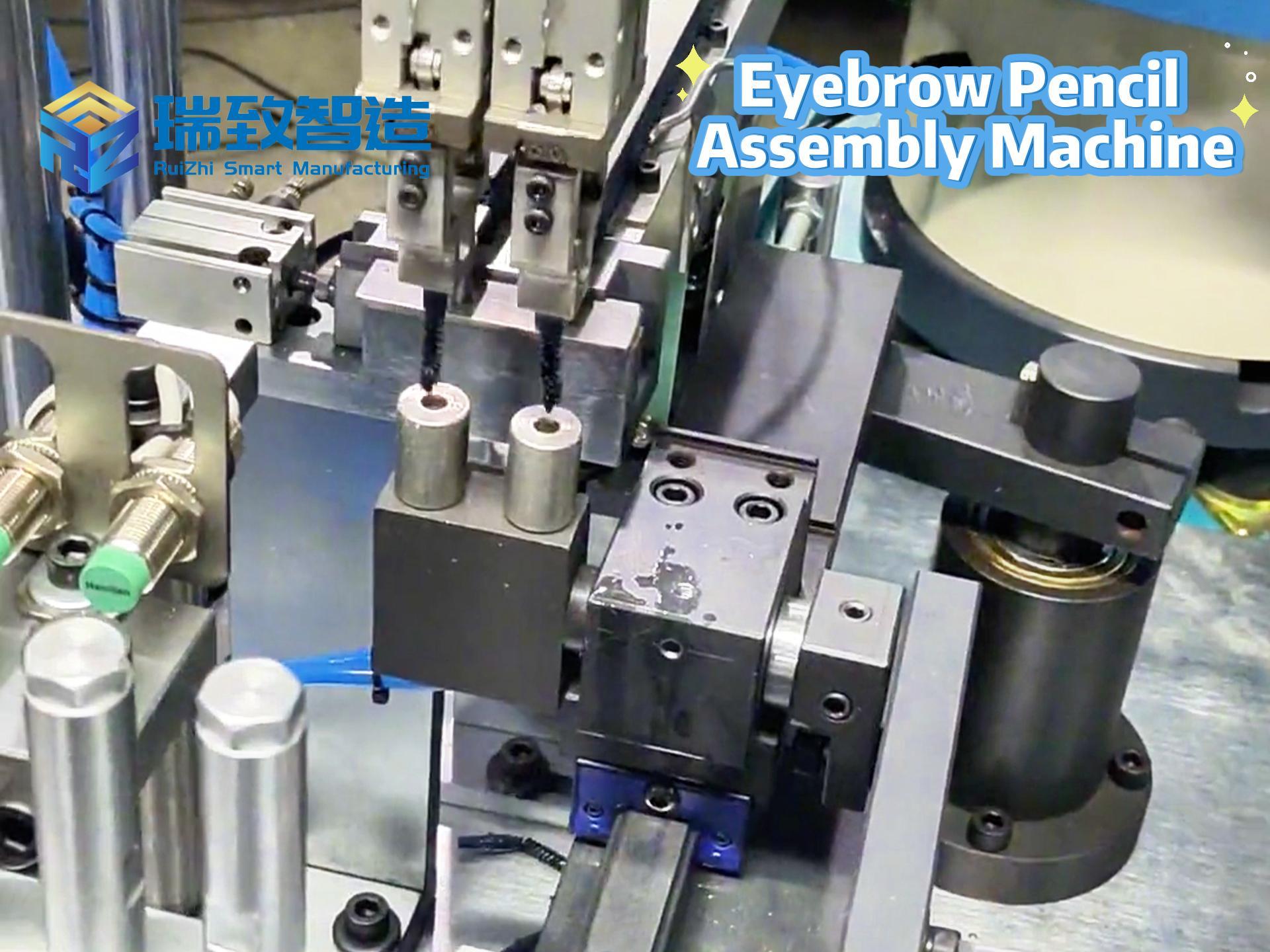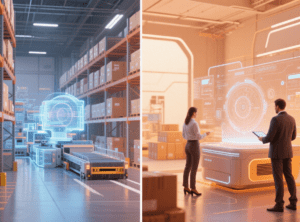
In today’s logistics landscape, where global disruptions pose challenges to supply chain stability, warehouse operations must serve as a reliable backbone. The rapid development of enterprise Internet of Things (IoT) has turned this into a reality—not only for corporate giants but also for small and medium-sized enterprises (SMEs) striving to remain competitive.
As of 2024, over 25% of warehouses have implemented some form of automation, a fivefold increase compared to a decade ago. This exponential growth is largely driven by IoT. Why? First, IoT perfectly aligns with speed—the core factor driving the adoption of warehouse technology. Second, consumer and business expectations have become more stringent, making precise control and rapid problem-solving crucial. Third, IoT enables flexible automation possibilities: warehouses no longer need expensive robot overhauls to gain automation benefits. Instead, IoT leverages sensors, processing nodes, and cloud storage to transform physical assets into an intelligent, interconnected network.
What stage is warehouse automation in currently? And where is it headed in the future? Let’s analyze this objectively.
Proven Foundation: Real-Time Visibility in Warehouse Automation
Modern warehouse operations rely on IoT-enabled real-time visibility. Smart devices embedded in shipping containers, products, and packaging continuously track facility metrics, serving as the backbone of advanced inventory management solutions.
Asset Tracking Technology
Multi-layered tracking systems have proven effective in locating asset position data through integrated technologies:
RFID Tags: Unique digital identifiers for inventory items, using a combination of microchips and antennas to relay data to strategically placed readers.
Bluetooth Beacons: Eliminate manual scanning bottlenecks through constant device-to-device communication.
GPS-Beacon Hybrid Configurations and Mesh Networks: Maximize tracking coverage and accuracy, especially in large-scale facilities.
Smarter Storage and Retrieval: Data-Driven Efficiency
IoT technology enhances the storage and retrieval of goods in warehouses by providing precise data on location, quantity, quality, and other parameters. Integration with enterprise networks or Automated Storage and Retrieval System (AS/RS) control systems enables highly accurate data-driven management—eliminating the need for manual identification, reducing label damage, preventing item loss, and significantly cutting labor costs. RFID tags are often equipped with infrared sensors and machine vision systems to categorize goods requiring special storage and transportation conditions (e.g., fragile items), ensuring their integrity throughout the supply chain.
Among these technologies, the 3540 Visual Inspection Machine—a typical application of machine vision technology—further improves the accuracy and efficiency of goods inspection. It uses high-resolution imaging and AI-powered image analysis algorithms to automatically identify surface defects, dimensional deviations, and label information accuracy of goods. Particularly suitable for categories with strict appearance and specification requirements (such as electronic components and precision parts), it replaces manual visual inspection in the warehouse retrieval process. This not only avoids human errors but also triples inspection efficiency, perfectly meeting the core demand for “precision control” in IoT-enabled warehouses.
In addition, IoT is increasingly being adopted to enhance safety when workers interact with AS/RS. It monitors system operations in real time to detect the presence of workers and analyze their behaviors, thereby issuing timely danger alerts. By leveraging data from AS/RS equipment sensors, potential failures can be predicted and risks reduced. Essentially, AS/RS systems are among the fastest-growing automation technologies today.
Managing AS/RS systems from the cloud is particularly convenient, especially when handling multiple connections and access points.
Warehouse Automation: Inventory Movement Monitoring
Networks of smart sensors have revolutionized inventory movement tracking by delivering unparalleled precision in the following ways:
Connected devices attached to goods transmit real-time location and status data to warehouse management platforms.
Advanced tracking platforms can simultaneously monitor inventory levels, movement patterns, and order fulfillment.
This enhanced visibility—down to the pallet, carton, or individual item—significantly boosts supply chain efficiency. Technical teams can identify emerging trends, predict demand changes, and implement rapid, data-driven market responses.
Environmental Condition Monitoring
Arrays of smart sensors continuously measure temperature, humidity, and air quality parameters. Critical storage environments (e.g., facilities for pharmaceuticals and perishable goods) rely on this technology to receive instant alerts when environmental conditions exceed acceptable thresholds.
Geofencing technology enhances security by triggering alerts for unauthorized movement patterns. These advanced monitoring tools help protect product integrity and prevent costly damage incidents. The continuous data flow through IoT networks ensures end-to-end visibility, thereby maintaining optimal inventory levels at all times.
Toward Progress: The Shift to Automated Decision-Making
With a robust IoT foundation, the next logical step in warehouse automation is the integration of AI-driven predictive analytics and automated decision-making systems. IoT systems generate high-quality, redundant data; when efficiently processed by AI, this data provides precise insights into performance, maintenance, employee efficiency, and more.
Warehouse Automation Development: Optimizing Operations with AI
Warehouses generate massive volumes of IoT data—covering millions of records—with enormous potential. Some pioneering warehouses have significantly expanded their IoT-driven analytical capabilities, enabling AI to detect subtle patterns in equipment performance, employee productivity, and third-party supplier behavior.
AI-powered super-sampling technology enhances traditional predictive capabilities, enabling:
Storage Space Optimization: Identifying recurring order patterns to reorganize inventory for greater efficiency.
Streamlined Picking Routes: AI guides pickers along the most efficient paths (from heavy to light items), reducing picking time.
Supplier Performance Insights: Identifying patterns in supplier delays (e.g., due to weather) to drive operational adjustments or contract reviews.
This approach also enables precise forecasting for storage technologies, picking strategies, and material handling systems.
Creating a Highly Collaborative Environment
The new wave of IoT in logistics enhances the capabilities of human workers rather than replacing them. Data supports this: over three-quarters of decision-makers believe that equipping employees with technology delivers optimal results.
Key examples include:
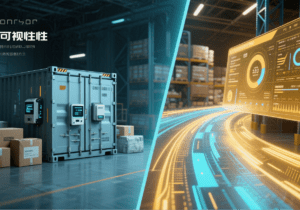
Reduced Training Time: IoT wearables such as smart glasses and voice-guided systems have reportedly cut training time for new employees by 30%. These systems synchronize inventory updates in real time and automate inspection tasks, enabling advanced warehouse automation.
Cobotics (Collaborative Robotics): Collaborative robots assist with quantity verification and pallet wear monitoring; they handle labor-intensive tasks such as screw tightening, tool sharpening, packaging, sorting, and assembly—working in tandem with employees to improve efficiency while ensuring safety. Easy-to-program collaborative robots can be integrated into warehouses without major process changes or extensive training.
Machine Vision Integration: The combination of sensors and computer vision systems enables efficient inspection environments. Sensors can be integrated into collaborative robots to monitor movement and calculate distances to objects, preventing collisions with human workers.
The Future of Warehouse Automation: Digital Twins and Beyond
Digital twins—accurate virtual replicas of physical warehouses—create a risk-free “sandbox” for testing optimization strategies. By developing a precise twin of a warehouse, managers can explore various scenarios, predict potential outcomes, and make confident, informed decisions. While digital twins were initially limited to large enterprises, they are gradually becoming more accessible.
By extending digital twin technology from a single warehouse to the entire supply chain, enterprises can simulate and optimize:
Route optimization strategies
Inventory allocation adjustments
Workforce deployment improvements
Decision-makers can confidently predict outcomes without disrupting actual operations. For maximum return on investment (ROI), consider a comprehensive supply chain transformation to unlock the “full potential” of automation technologies.
What’s the next frontier? Large Language Models (LLMs) integrated into digital twins. These AI-driven systems will enable:
Unprecedented scenario simulation
Multi-factor decision-making based on real-time data
Dynamically adjustable, self-optimizing supply chains
Future-Proof IoT Infrastructure for Warehouse Automation
Technical specifications require a robust IoT infrastructure that meets current needs while supporting future expansion.
Scalability Considerations
Smart device management systems form the backbone of a scalable IoT infrastructure. Technical requirements mandate comprehensive control over device activation, monitoring, maintenance, updates, and configuration within an ever-expanding sensor network. Firmware Over-the-Air (FOTA) functionality enables seamless remote updates across multiple sensors, reducing maintenance costs.
Data processing architectures require careful technical planning. Cloud platforms outperform traditional solutions in managing variable data loads. Technical specifications demand peak throughput of 3–4 times the normal operating level to ensure system stability during peak demand periods.
Emerging Technology Integration
A forward-looking warehouse automation strategy must prepare for:
Edge Computing: Minimize latency through localized data processing to enable instant decision-making.
Digital Twin Technology: Support virtual facility replicas for real-time monitoring and scenario testing.
5G Connectivity: Provide microsecond-level response times for mission-critical IoT devices.
Autonomous Mobile Robots (AMRs): Related projects demonstrate market leadership, with projections to reach $18 billion by 2029.
System architects must address coverage mapping, capacity planning, and interference mitigation. Smart facilities deploy “super cell” network configurations that break free from traditional cellular network boundaries to maximize throughput.
Continuous Improvement Framework
Warehouse automation is not a one-time transformation but a continuous evolution. Technical teams drive improvements through rapid-cycle Proof of Concept (POC) testing. This methodology accelerates ROI on technology investments while validating minimum viable solutions. Cross-functional experts evaluate process workflows to constantly move beyond basic automation.
Data-driven optimization is the core of the improvement cycle. Smart systems generate rich operational datasets through asset tracking and predictive tools. Technical platforms feed this data into digital twin models to enable precise planning and predictive maintenance.
Enterprise system integration amplifies improvement potential. Single-source data architectures provide critical visibility into operations from suppliers to customers. The value of technology multiplies through intelligent integration of AI, automation, and Enterprise Resource Planning (ERP) platforms.
Conclusion: Warehouse Automation Today
IoT has become the cornerstone of warehouse automation for businesses of all sizes, and AI is its natural next step. Enterprises that build a strong IoT infrastructure today will be better
positioned to integrate AI-driven automation in the future. To stay ahead, prioritize the following:
Build a scalable IoT framework with real-time visibility and adaptability to emerging technologies.
Leverage AI for strategic decision-making, optimize workflows, and drive warehouse automation beyond routine tasks.
Foster human-machine collaboration through collaborative robots, AI-guided training, and intelligent automation systems.
Use digital twin technology for risk-free testing, scenario planning, and maximizing operational efficiency.
What’s the end result? Concepts considered “forward-looking” today will undoubtedly become industry imperatives within a decade.

